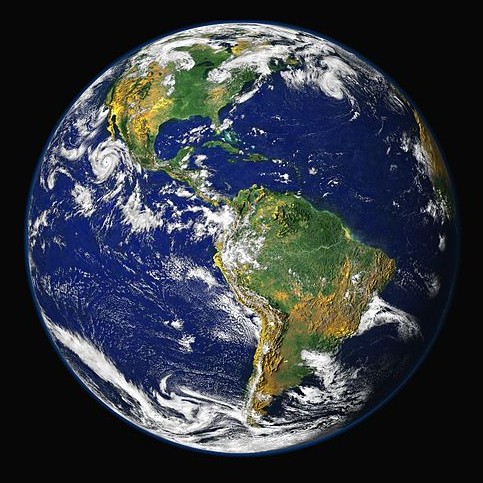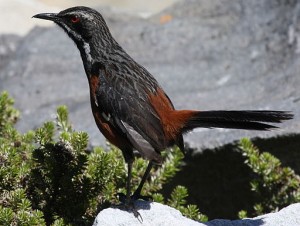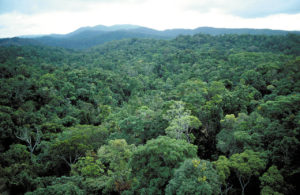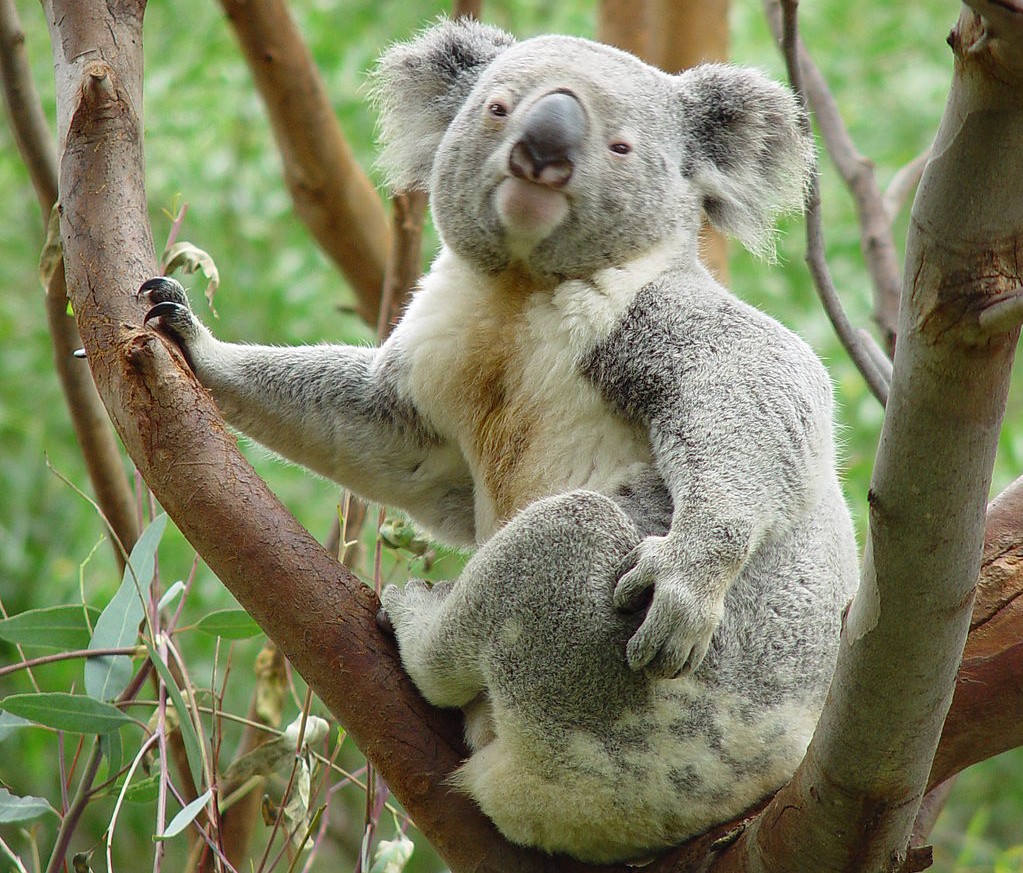Humanity’s Footprint is Squashing Biodiversity
Using the most comprehensive dataset on the ‘human footprint,’ which maps the accumulated impact of human activities on the land’s surface, researchers have documented intense human pressures across the range of a staggering 20,529 terrestrial vertebrate species.
 Image: By NASA/ GSFC/ NOAA/ USGS [Public domain]
Image: By NASA/ GSFC/ NOAA/ USGS [Public domain] A key goal of the United Nation’s Strategic Plan for Biodiversity 2011-2020 is to reduce species extinctions. There is growing evidence that land-use change such as pastureland, agriculture, and urbanisation, and human activities like overharvesting threaten to drive species to decline. Previous efforts to study species habitat availability have largely focused on vegetation intactness, but this does not capture cumulative threats that can impact species even when their habitat appears to be intact. A new study has taken a different approach, and their results have been published in the journal Global Ecology and Conservation.
Researchers from the Wildlife Conservation Society, the University of Queensland and other groups have used the most comprehensive dataset on the “human footprint,” which maps the accumulated impact of human activities on the land’s surface. They found intense human pressures across the range of a staggering 20,529 terrestrial vertebrate species.
Of that figure, some 85% or 17,517 species have half their ranges exposed to intense human pressure, with 16% or 3,328 species entirely exposed.
The analysis found that threatened terrestrial vertebrates and species with small ranges are disproportionately exposed to intense human pressure. The analysis suggests that there are an additional 2,478 species considered ‘least concern’ that have considerable portions of their range overlapping with these pressures, which may indicate their risk of decline
The Human Footprint looks at the impact of human population (population density, dwelling density), human access (roads, rail), human land-uses (urban areas, agriculture, forestry, mining, large dams) and electrical power infrastructure (utility corridors). These human pressures are well known to drive the current species extinction crisis.
Though their findings are sobering, the authors say that the results have the potential to improve how species’ vulnerability is assessed with subsequent benefits for many other areas of conservation. For example, the data can aid current assessments of progress against the 2020 Aichi Targets – especially Target 12, which deals with preventing extinctions, and Target 5, which deals with preventing loss of natural habitats.
The paper’s lead author, Christopher O’Bryan of the University of Queensland, said: “Our work shows that a large proportion of terrestrial vertebrates have nowhere to hide from human pressures ranging from pastureland and agriculture all the way to extreme urban conglomerates.”
Senior author James Watson of WCS and the University of Queensland, adds: “Given the growing human influence on the planet, time and space are running out for biodiversity, and we need to prioritise actions against these intense human pressures. Using cumulative human pressure data, we can identify areas that are at higher risk and where conservation action is immediately needed to ensure wildlife has enough range to persist.”





Sorry, comments are closed on this post